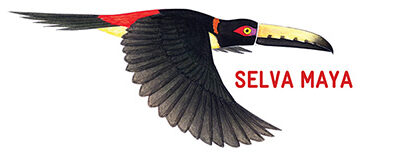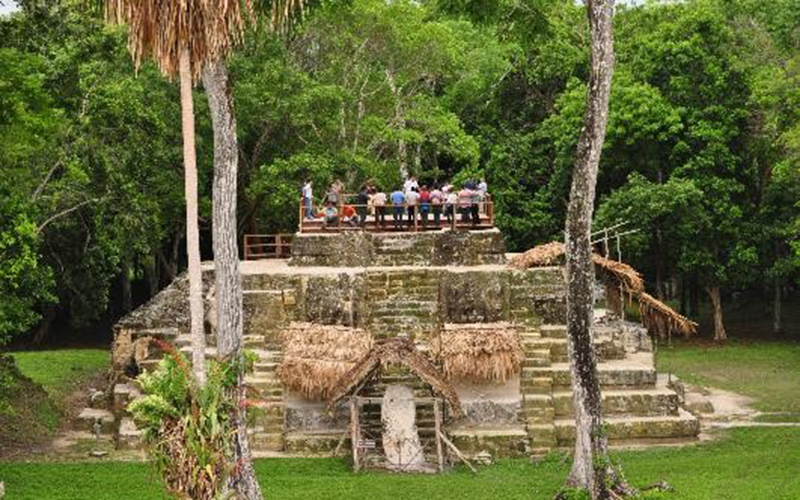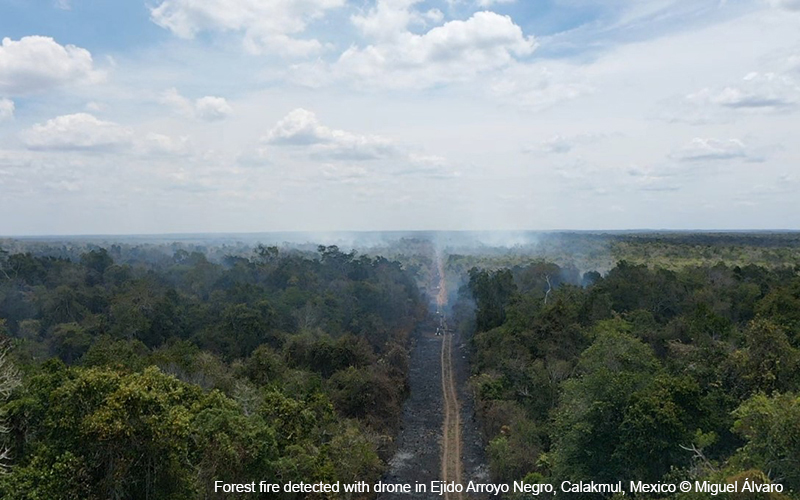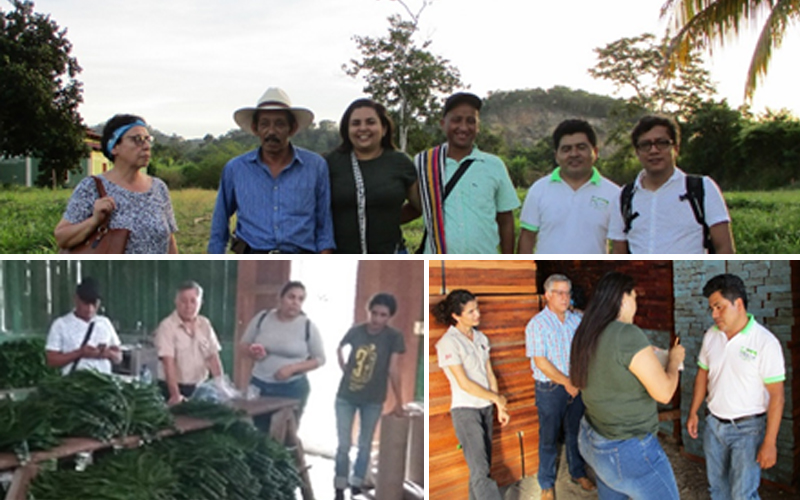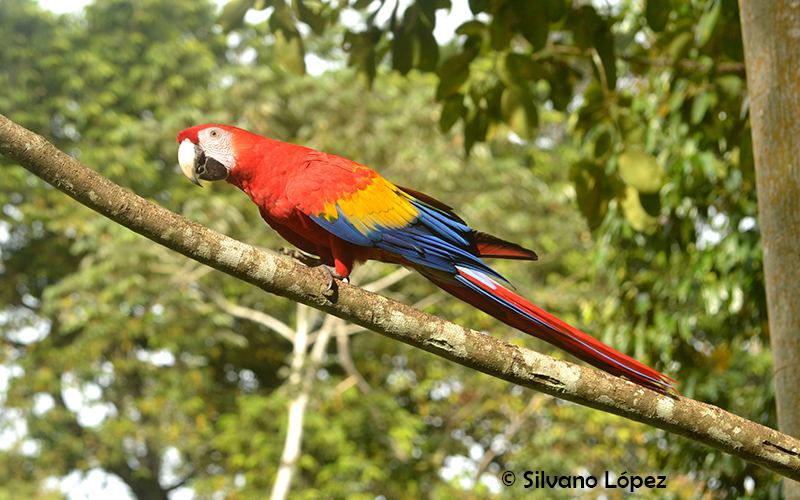Control and surveillance activities are fundamental for the management of Natural Protected Areas (PAs). The Spatial Monitoring and Reporting Tool (smartconservationtools.org) is a free software composed of a database, a geographic information system (GIS) and an analysis and reporting module. It has been developed by a consortium of conservation NGOs to support control and surveillance and law enforcement in PAs. The tool allows a systematic entry of observations in digital and georeferenced form, directly in the field, through mobile phones; as well as automated analysis and reporting of patrols, at the office. This way, an adaptive and efficient management of the PAs is facilitated.
In close collaboration with the National Commission on Natural Protected Areas (CONANP), the implementation of this tool is being piloted in the mexican Selva Maya region. Therefore, in December 2017, a first workshop to plan and define the database structure for the SMART tool was held in Chetumal, Quintana Roo. Then, from March 20 to 23, management and field technicians (forest rangers) of PAs were trained in the use of SMART. The training was held at the Technological University of Calakmul, Campeche, within the framework of the Project Promotion of Monitoring of Biodiversity and Climate Change, implemented by GIZ and commissioned by the German Federal Ministry of the Environment, Protection of Nature and Nuclear Safety (BMU).
The training was given by experts from the Wildlife Conservation Society (WCS) and the Monitoring and Evaluation Center (CEMEC) of the National Council of Protected Areas (CONAP) of Guatemala. Among the attendants were technicians from several PAs of the Yucatan Peninsula and Chiapas, the Planning and Evaluation Directorate; the Regional Directorate of the Yucatan Peninsula and the Mexican Caribbean and the Regional Coordination of the Southern Border, Isthmus and South Pacific of CONANP. There were also participants from the Environment Secretariat of Quintana Roo and the Balam Kú Natural Protected Area, in Campeche.
